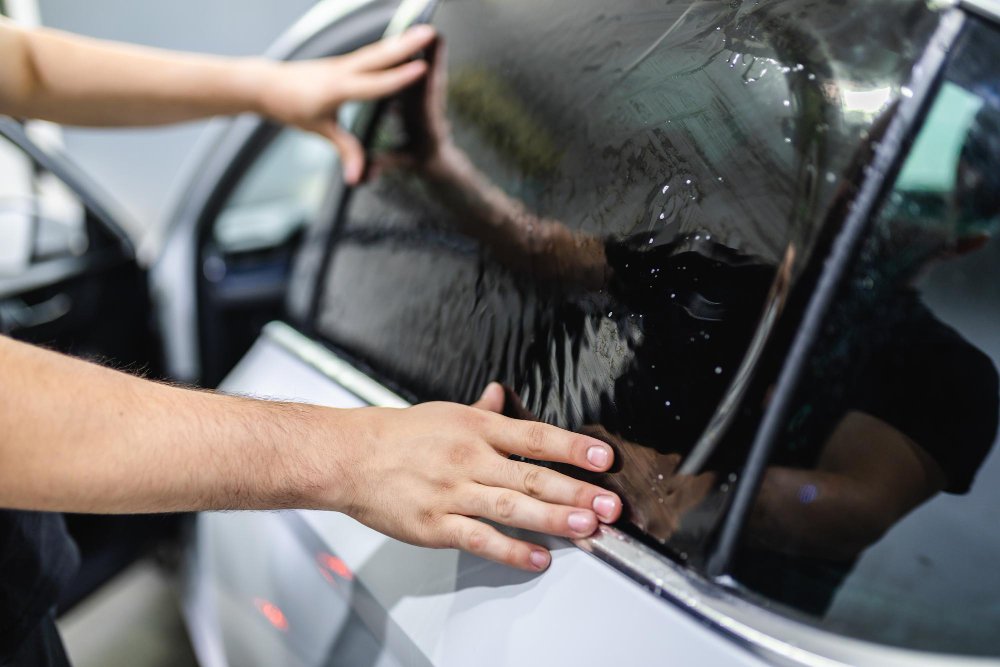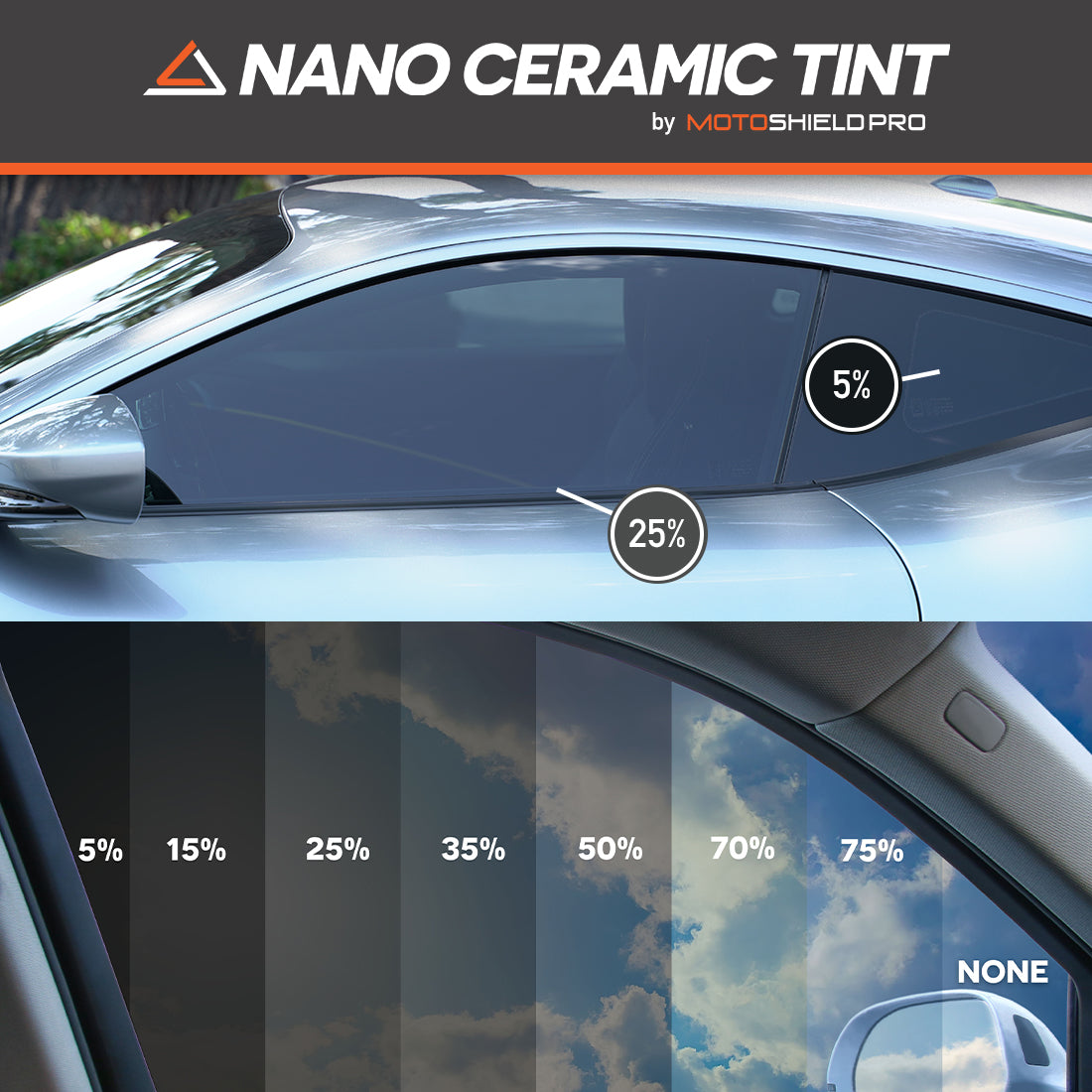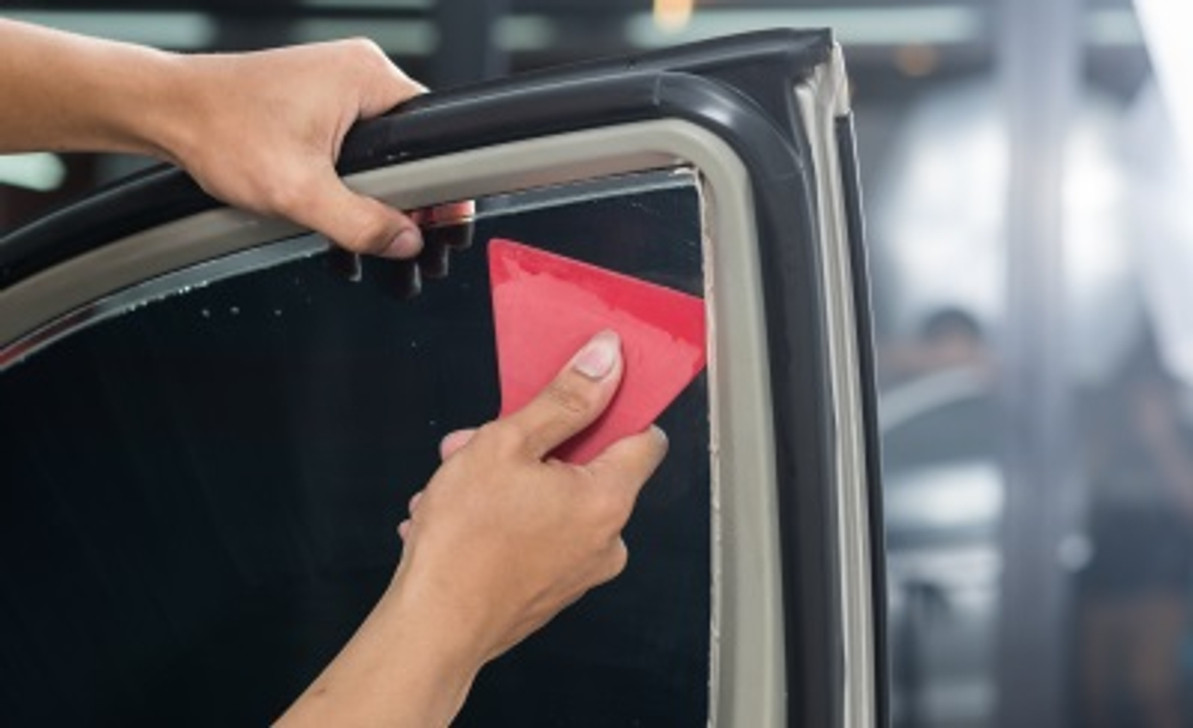How window tinting Can Help in reducing Glare and Improve Convenience
Exploring the Various Sorts Of Window Tint for Cars and Their Benefits

Dyed Home Window Tint
Dyed window color is a preferred choice among car owners seeking to enhance personal privacy and minimize glare while preserving a fashionable look. This kind of color is created by including dye right into the glue layer, which is after that put on the home windows of the vehicle. The primary appeal of dyed window color depends on its capability to provide an aesthetically pleasing look without sacrificing functionality.
Among one of the most substantial advantages of dyed home window tint is its ability to obstruct harmful UV rays, aiding to safeguard both passengers and the automobile's interior from sun damages. Additionally, this color properly minimizes glare, adding to a much more comfy driving experience, specifically during intense daylight problems. The strengthening of home window shade likewise includes a layer of privacy, making it a lot more challenging for outsiders to see inside the lorry.
Nevertheless, it is vital to keep in mind that while colored home window tint provides countless advantages, it may not give as much warmth being rejected as other types of colors. Furthermore, its longevity can be affected by direct exposure to extended sunlight, potentially leading to fading gradually. Generally, dyed home window tint stays a preferred choice for those focusing on appearances and standard sun protection.
Metalized Window Tint
Metalized window color stands for an advanced option for cars and truck proprietors wanting to enhance both efficiency and visual appeals. This kind of tint integrates little metallic bits that mirror sunlight, supplying a variety of advantages that attract numerous automobile owners. Among the main benefits of metalized home window color is its premium warmth rejection capacities, which can significantly reduce the interior temperature of a car. This not just boosts convenience for travelers yet also reduces the load on the lorry's cooling system, possibly improving gas efficiency.
Additionally, metalized colors provide raised sturdiness compared to dyed films, making them resistant to fading and scratching. This durability makes certain that the tint preserves its efficiency and appearance over time, supplying long-term value.
Furthermore, metalized window tint can improve personal privacy and security by making it much more difficult for outsiders to see inside the automobile. The reflective top quality of the tint can also prevent possible burglary, as prized possessions are much less noticeable (window tinting). While it might hinder some digital signals, such as GPS or mobile phone function, the overall advantages make metalized home window tint a compelling option for many automobile owners
Ceramic Home Window Color
Providing sophisticated modern technology and unmatched efficiency, ceramic window color has become a leading selection for critical auto owners. This cutting-edge film is composed of advanced ceramic bits that supply significant warm rejection while preserving quality and presence. Unlike typical colors, ceramic window tint does not count on metal or dye, which can disrupt electronic signals from devices such as GPS and cell phones.
One of the standout benefits of ceramic window tint is its exceptional UV defense. It obstructs up to 99% of harmful ultraviolet rays, therefore safeguarding both the car's inside and its residents from sunlight damage. In addition, this type of color boosts privacy without endangering exposure, making it a practical alternative for daily vehicle drivers and luxury automobiles alike.
Ceramic home window tint also flaunts sturdiness; it is immune to fading click now and scraping, making certain lasting efficiency. Its non-reflective nature indicates it does not cause glow, contributing to much safer motoring problems (window tinting). For those looking for a premium color solution that incorporates aesthetics with performance, ceramic home window tint sticks out as a superior option, supplying boosted comfort and security when traveling
Carbon Home Window Color
When it comes to window tinting options, carbon home window tint has acquired appeal for its mix of efficiency and price. This kind of tint is composed of carbon particles, which provide a distinct matte coating that improves the visual appeal of vehicles. Among the key benefits of carbon home window tint is its ability to block a considerable quantity of unsafe UV rays, securing both the vehicle's inside and its occupants from skin damages and fading.
Additionally, carbon window tint offers excellent warmth rejection homes, reducing the requirement for too much air conditioning and boosting fuel effectiveness. Unlike colored tints, carbon tints do not discolor over time, preserving their performance and appearance for many years. This durability makes them a functional selection for automobile proprietors seeking long-lasting worth.
Moreover, carbon window tint is non-metalized, which suggests it does not conflict with electronic signals, making it appropriate for automobiles equipped with GPS, Bluetooth, and other wireless technologies. The balance of price, efficiency, and visual appeal has established carbon window tint as a recommended choice for numerous car proprietors. Inevitably, it functions as a trusted solution for those wanting to enhance comfort navigate to this website while making sure design.
Manufacturing Facility Color
Manufacturing facility color, additionally recognized as OEM color, describes the tinting that is related to lorry home windows throughout the production procedure. This kind of color is commonly incorporated into the glass itself, offering an uniform look and regular levels of shading across all windows. The primary objective of manufacturing facility color is to lower glow and improve traveler comfort while offering a degree of UV protection.

While manufacturing facility color offers standard advantages, it might not offer the same degree of warmth being rejected or personal privacy as higher-grade aftermarket tints. Lorry owners seeking enhanced efficiency may think about additional tinting alternatives, while still valuing the aesthetic appeal and capability manufacturing facility tint provides.
Verdict

However, it is essential to keep in mind that while dyed home window tint uses numerous benefits, it may not give as much heat denial as other kinds of tints. For those seeking a premium tint remedy that integrates visual appeals with capability, ceramic window tint stands out as a superior option, supplying enhanced convenience and defense on the road.
When it comes to home window tinting options, carbon window color has acquired appeal for its mix of efficiency and affordability.Manufacturing facility color, also understood as OEM color, refers to the tinting that is used to car home windows throughout the production process. The precise degree of color can vary depending on the car supplier and model, with some cars including extra substantial tint on back home windows than on front home windows.